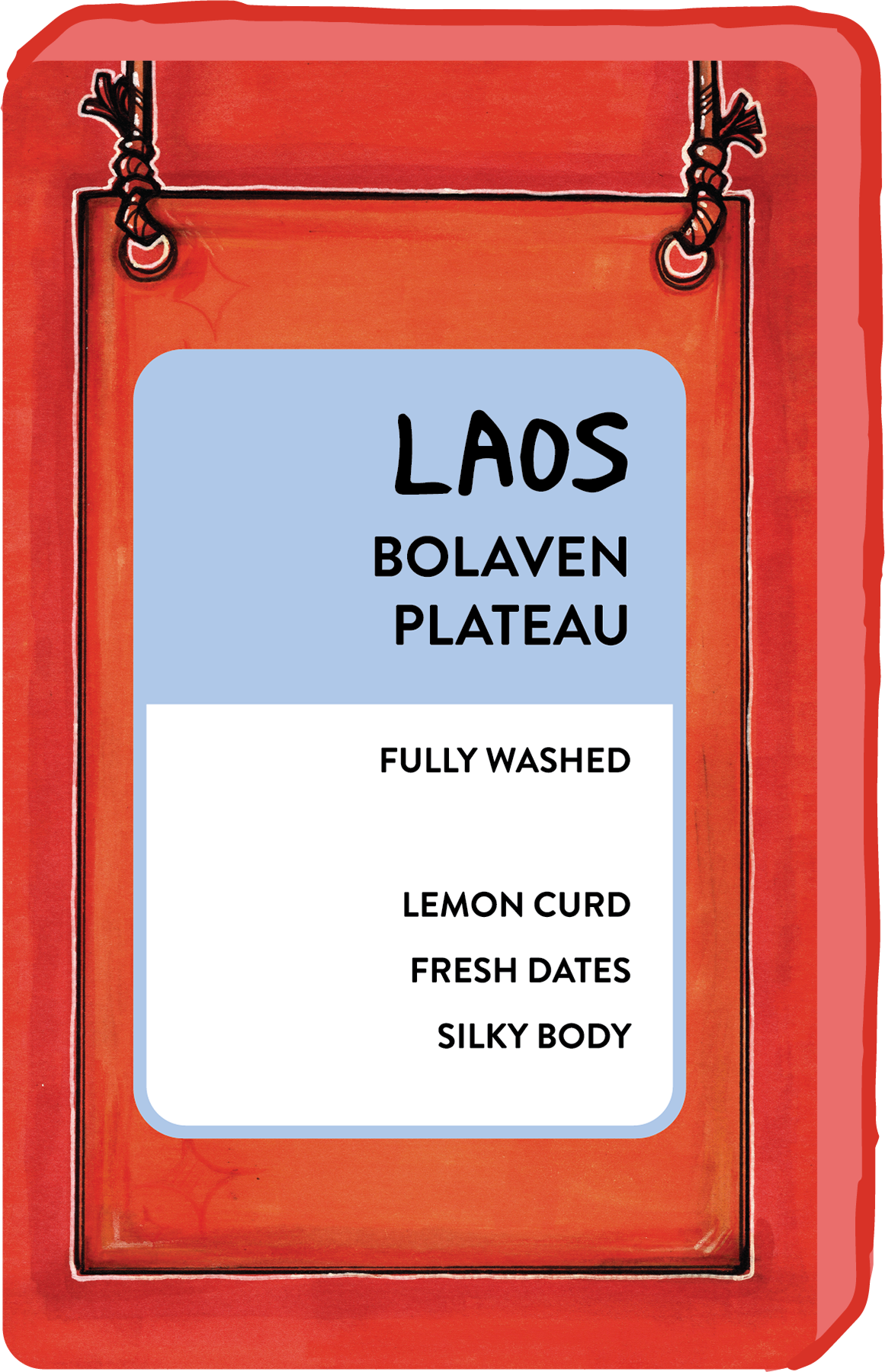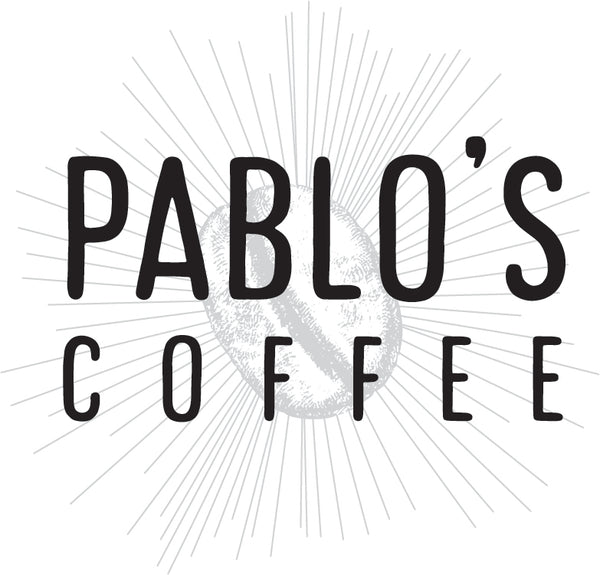Pablo's Coffee
LAOS BOLAVEN PLATEAU
LAOS BOLAVEN PLATEAU
Couldn't load pickup availability
Fully Washed
Tastes Like: Lemon Curd, Fresh Dates, Silky Body
At the beginning of the 20th century, the Yahern people (also: Nyaheun) came down from the Annamite mountains, which define the eastern edge of Bolaven Plateau and the border with Vietnam, to discover they were citizens of something called the Kingdom of Champasak. They were granted land by the royal family and for 120 years they farmed this land, including coffee, which was introduced to northern Laos by the French in 1915. Coffee production moved to the Plateau, where the altitude and climate are ideal, in the 1920’s. Today, villages like Nongluang, Lassasin, and Xenamnoi are part of a network of seven villages that make up the Xekatham Estate. Over the last two decades, the government has promoted the transition of Laos coffee from Robusta, which was planted in the 1950’s in response to diseases like rust, to Arabica. On the Bolaven Plateau at the southern tip of Laos, where 95% of Laotian coffee is grown, altitudes reach 1,350 masl, with significant potential for expanding specialty coffee production. The Bolaven Plateau is made of rich volcanic soils that contribute to a wealth of vegetation. Numerous rivers and creeks of every size cross the plateau heading west and eventually to the Mekong river, which marks the western edge of the plateau. Agriculture, like the native vegetation, thrives on the plateau and it is classic coffee land, cool weather tropics with abundant rainfall and volcanic soil.
Share


